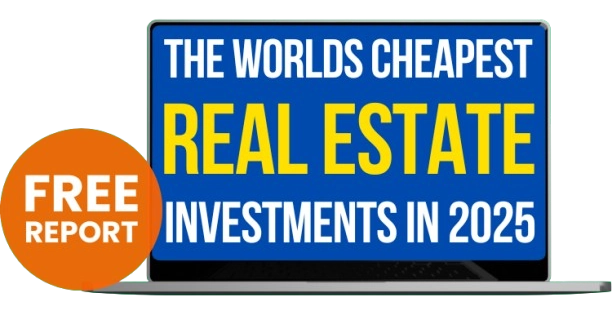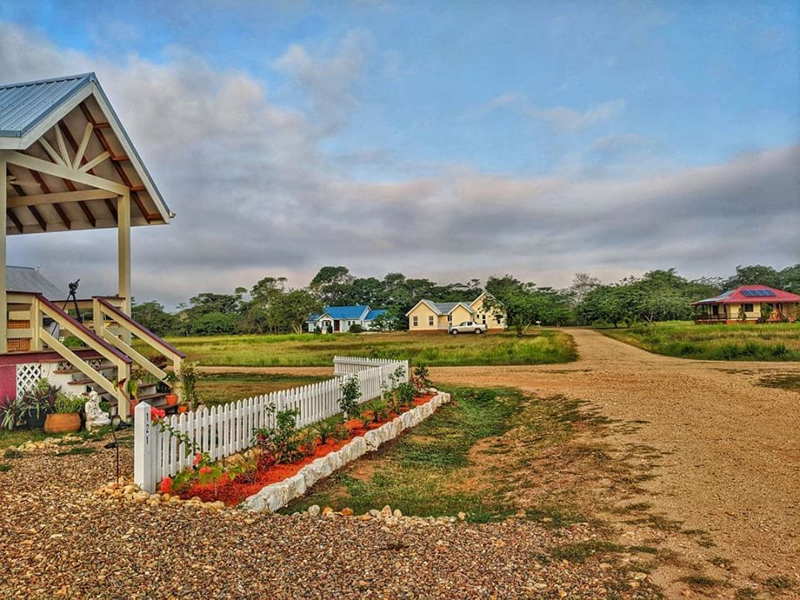In Argentina, crisis isn’t the exceptional state of affairs. It’s the usual.
Each generation of Argentines grows up watching its elders navigate one disaster after another and perpetually preparing for whatever catastrophe will strike next.
The one thing an Argentine is certain of in the face of the eternal uncertainty of the Argentine reality is that another debacle is forever on the horizon.
The Argentines I’ve known aren’t complaining, despondent cynics; they are realists who pay attention to history. They don’t become complacent after a decade of growth and prosperity. An Argentine banks on the fact that nothing good lasts forever… and so he banks offshore.
He keeps as much of his wealth as possible beyond Argentine borders and therefore insulated from Argentine crisis.
Much of today’s world has become complacent… especially North America and Europe.
World War I began with a single shot and then led to World War II. No conflict since has enveloped the entire world… and economic growth in the West has been good these past 75 years.
Decades of relative peace and prosperity have had much of the world feeling comfortable and safe.
But the global landscape has shifted.
Buildings require emergency exits and sprinklers even if the location has never suffered a fire, and you have to listen to the safety talk every time you get on a plane.
A backup plan is always a good idea. Right now, it’s a critical necessity.
So… what’s yours?
Mine has a lot to do with embracing a self-sufficient lifestyle.
When we lived in Ireland, our house sat on 6 acres of land. Up a small hill behind the house was an area that had been, in a previous life, a kitchen garden. We restored the garden, after we discovered it, and planted strawberries, carrots, lettuce, tomatoes, and peppers. Rebuilding the garden was mostly my job, and planting and harvesting my wife’s. It was a lot of work but hugely rewarding.
A kitchen garden alone won’t keep a family fed, though. We restored one outbuilding on the property into a chicken coop, with the help of my father-in-law, and started raising chickens. We planted fruit trees to create a small orchard. And I looked into raising a few cows, mostly to fatten them up in the fields and sell them.
Start Your New Life Today, Overseas
We didn’t buy the property with the intention of turning it into a self-sufficient farmstead, and, in truth, if we’d had to survive off our 6 acres, we would have starved to death.
Mostly because we were busy working. We didn’t have the time to keep up with the gardens or the chickens, and we never figured out the cows, as the government, we discovered, regulated livestock to the point that we would have needed a permit to raise even a couple of cows if our intent was to sell them to a butcher.
Today, I own many pieces of land in different countries, but most of it either isn’t suitable for farming or is owned with partners. I started recently getting serious about changing this and have expanded my flag-planting efforts to include self-sufficient options, specifically productive land that we own ourselves and develop with a resilient lifestyle in mind.
In this context, I’ve focused on two markets in particular—Panama and Belize.
At Los Islotes, the community we’re developing on Panama’s Azuero coast, Kathleen and I have built a house with room for the entire family, even if we all want or need to stay there for an extended time. We’ve created a large kitchen garden on one side of the house, are installing a small solar farm on another, and have planted fruit trees all around. We already have solar-powered internet.
We’re planning a chicken yard and can buy fish, when we want it, from the local fishermen who pass by our front gate every morning. We’re raising horses (our three mares have had four fouls) and building furniture, doors, windows, and decorative moldings in our woodshop.
As in Ireland years ago, we didn’t set out to create a self-sufficient homestead for ourselves and our children at Los Islotes, but, as we’ve watched world events play out over the past few years, we’ve recognized the sense in the idea.
Today we’re very glad our plan at Los Islotes has evolved as it has.
We’ve also bought a tiny house at a development in Belize where the developer, a friend, is managing shared gardens and orchards. The whole community is off-grid and completely self-sufficient. No, our entire family wouldn’t be comfortable living together in a tiny house indefinitely, but it’s an option if ever we need it.
In addition to the self-sufficient lifestyles we’re creating for ourselves at Los Islotes and Carmelita, we’re now also thinking again about a farm in Ireland.
The transportation limitations during the coronavirus pandemic have taught us a new important lesson. We’ve seen how one safe-haven option may not be enough in a time of crisis. We couldn’t get to Panama from Paris before the pandemic lockdowns were put into place, and Panama is still closed to international travel.
However, we could have gone from Paris to Ireland. Indeed, we’re thinking that’s where we’ll be headed after our trip to the United States later this month.
You don’t need hundreds of acres to be self-sufficient. With hydroponic technology today, you could grow a tremendous amount of produce in a few hundred meters of space. You’d need a few acres to raise some animals and plant a small orchard.
Whether you see farmland as a straight investment opportunity or a backup plan in case of a global crisis, I believe having a piece of land, whether it’s within a communal setting like Carmelita or your own acres you work yourself, as one of the most important flags to plant offshore right now.
Stay diversified,

Lief Simon
Editor, Offshore Living Letter










